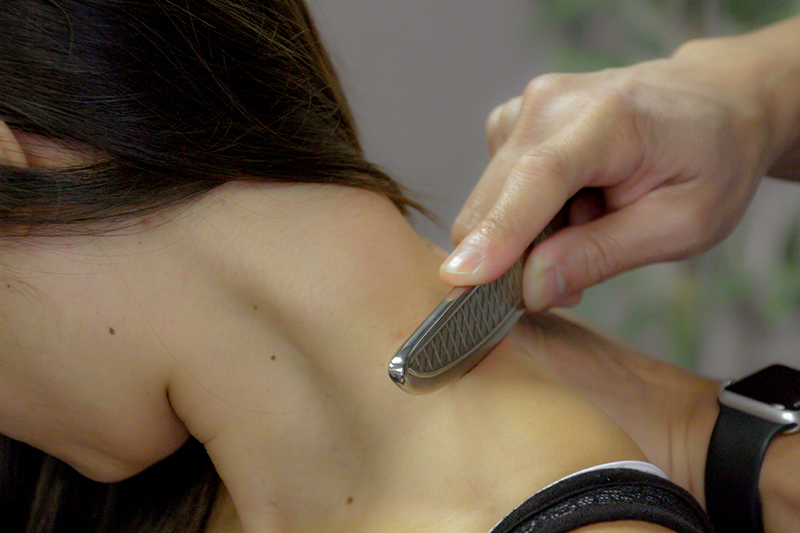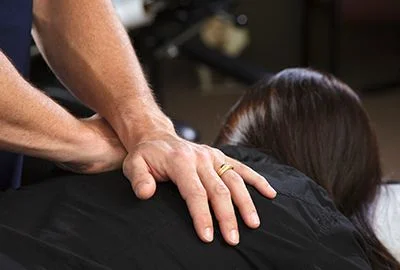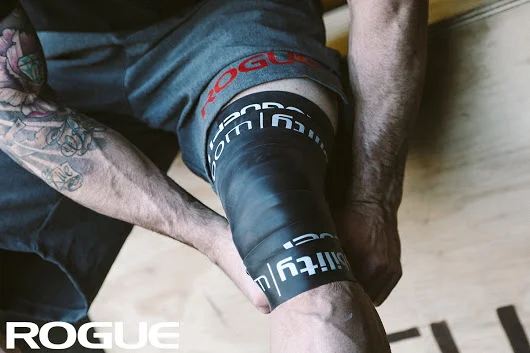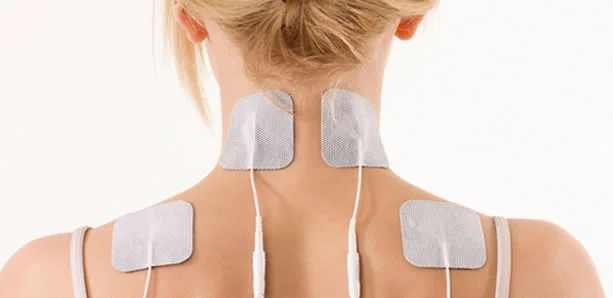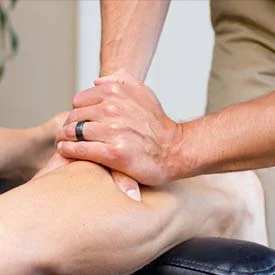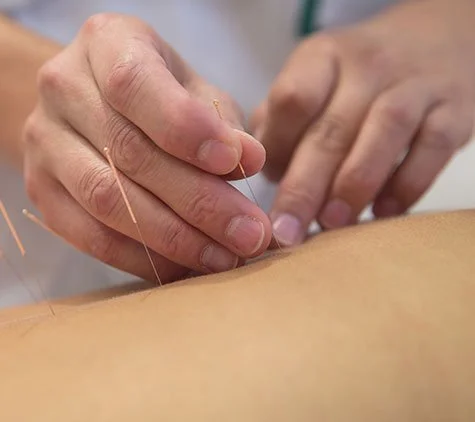Modalities
You've read our goals about creating motion and helping you get out of pain, and here are a few tools we utilize in the office to help that process. Scroll down to check out all the different modalities we utilize in the office. Each patient that we work with has their own unique issues and the modalities we choose to utilize are tailored specifically to everyone. We may use a combination of these, and if you're ever curious about trying a particular modality out, let us know. We are big on creating input into the body and seeing how you respond; some modalities work better than others for particular issues or ever particular patients, so as we work with you, we're trying to figure out what works best for you and your body.


